Breath of the Wild doesn’t feel like it was released too long ago, right? That’s what I was thinking when I heard about Tears of the Kingdom, realising that I’d have to ask my friend for my Switch back. But then I went back to read my review of it and saw it’s been a breezy 6 years since I finished my playthrough of it and my friend had had my Switch for more than 5 years. So instead of asking for it back I sold it to him, picked myself up a new one and sat down to play my way through the latest instalment of Zelda. My opinion on the game has gone through many ups and downs over the course my playthrough but finally, after finishing it a week ago and having some time to reflect on it, I’ve come to the conclusion that it’s managed to do the impossible.
It’s improved on the original, almost achieving perfection.
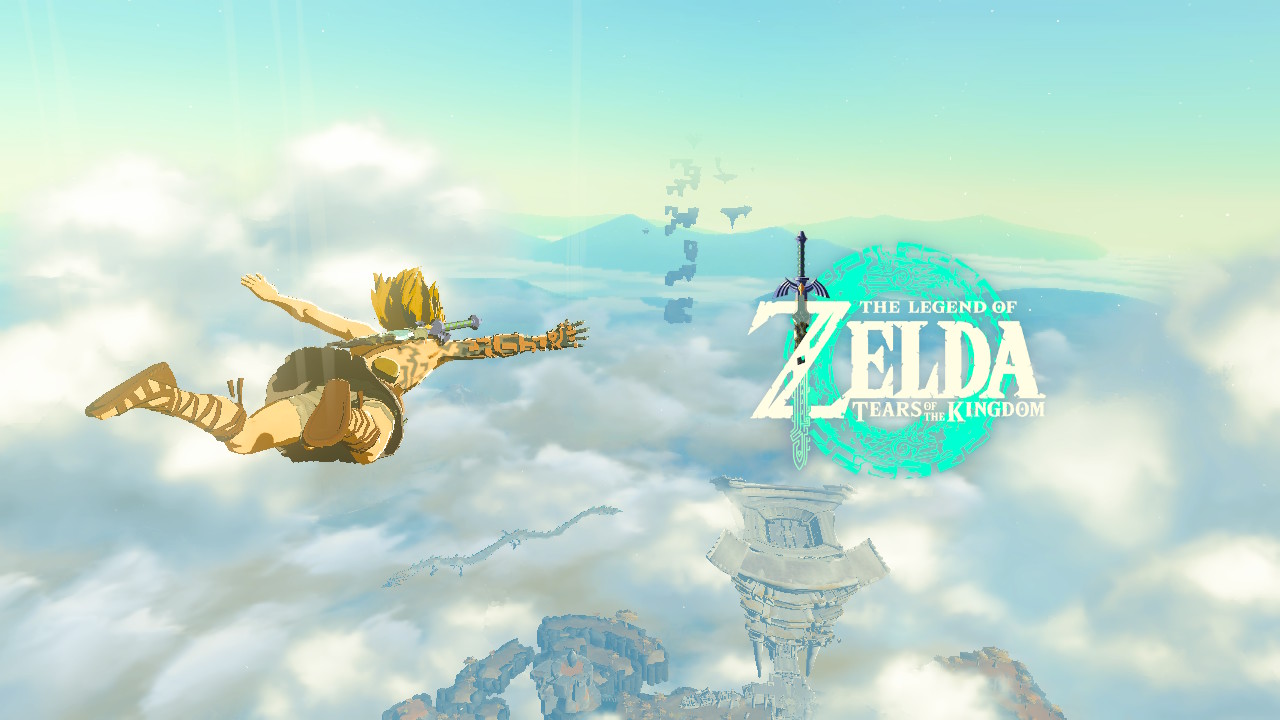
Some time after the events of Breath of the Wild Zelda and Link are exploring a deep and mysterious cavern below Hyrule castle. A poisonous substance called gloom has been spreading out from there, causing the citizens of Hyrule to fall gravely ill. As they explore further they find long lost murals of an ancient war depicting a struggle against an enemy known as the Demon King. Venturing ever deeper they find themselves confronted with a mummified creature, held down by a disembodied hand. Their presence wakes the demon from its slumber, gloom shooting forth towards them only to be stopped by the Master Sword. The mummy falls deeper below Hyrule Castle and Zelda, falling into the pit as well, disappears in a flash of light. Waking some time later Link finds one of his hands replaced with a mechanical looking one and a spirit called Rauru appears to speak to him. This is the beginning of a quest to save Hyrule once again.
With many years of development under its belt Tears of the Kingdom certainly looks leaps and bounds better than its predecessor did. Models are far more detailed, the draw distances larger, lighting dynamic and the performance is, thankfully, far more consistent than it used to be. I had a much more varied experience with Zelda this time around though, taking it with me on a work trip to the USA so I had plenty of time playing it both undocked and connected to a wide range of big screens in various hotels. It was interesting to note just how different the game looked and felt in each of those scenarios, although by far the best was on my 4K LG OLED TV at home. I believe this is due to the upscaler on my screen doing a lot of heavy lifting though, as the 1080p native screens I was playing on elsewhere were so bad that I usually ended up playing undocked. Compare this to how I was playing it previously (via a capture card on my PC) and it’s made me think that it’s something I need to take into consideration for future reviews.
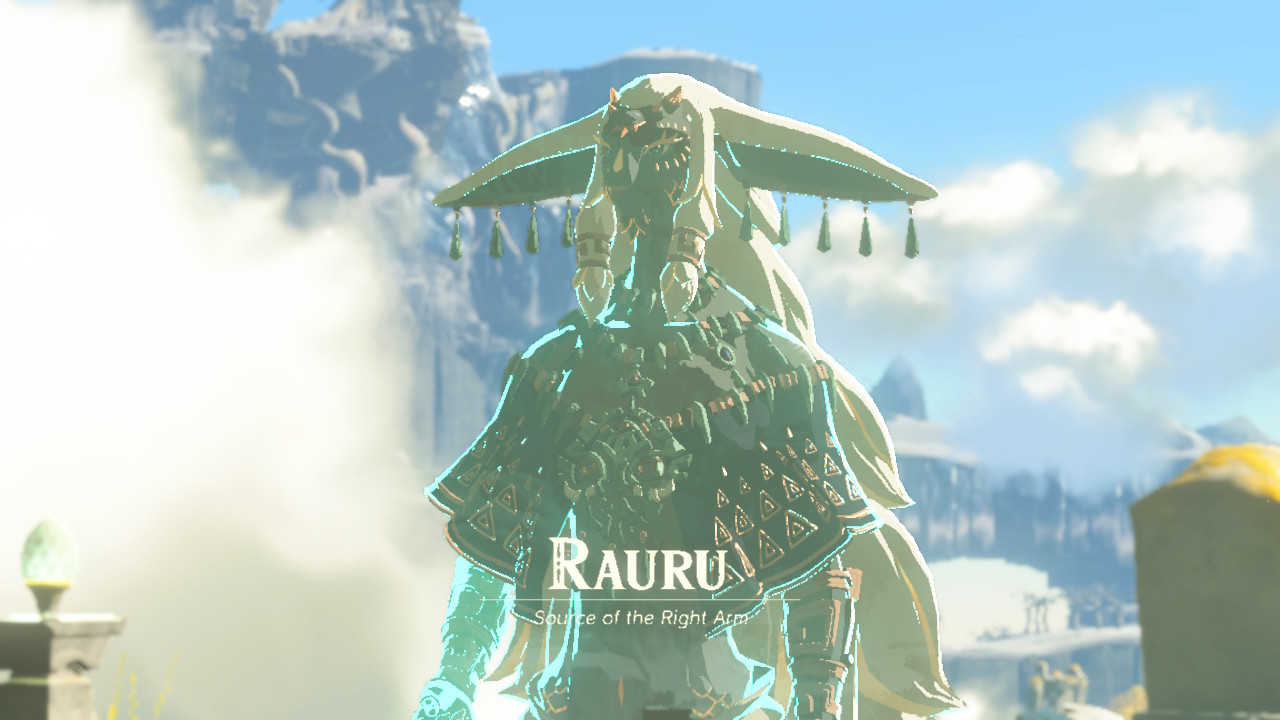
The new core Zelda game play that Breath of the Wild established is alive and well in Tears of the Kingdom, although the array of mechanics that’ll be made available to you is vastly different. Gone are the skills you’d previously acquired, instead now you’re given a new set of tools with which to explore and exploit the world. Chief among these is the Ultrahand, the ability which allows you craft all sorts of wonderful contraptions out of things lying around the world. The other abilities all have a primary mechanic focus, such as fuse for weapons or ascend for exploration, but you’ll find all sorts of novel uses for them as the game provides you with ever more challenging puzzles to solve. Other base mechanics return but none without some form of quality of life improvement, even directly addressing some of the gripes I had had in my previous review. Exploration is still very much the key theme, the game often giving you a hand-wavy objective without a clear marker, pushing you to find your own path to the goal. This will lead you to trip over all sorts of other things along your journey, providing ample opportunity for you to get lost in the world should you choose to do that. Breath of the Wild was staggering in size for a Zelda game but Tears of the Kingdom puts that to shame, giving you so much more to do that even my 60+ hour playthrough still felt a little rushed.
Combat still maintains the same souls-lite experience that its predecessor had although now it has a bit more depth with the addition of Zonai devices, throwable items and fusing. Whilst there’s still no real crafting system for weapons you can at least turn a lot of rudimentary items into effective weapons through the use of fuse. Of course using shitty materials will still yield shitty weapons but at the very least you’re not having to hunt as hard or as far to find something to use when you blow through your stash of limited durability weapons. The higher tier weapons and materials though make for some truly devastating weapons as well as some incredibly hilarious combos like my favourite the “Gloom Spear Spear” which did 80 damage per hit and could tickle a Lynel from 12 feet away.
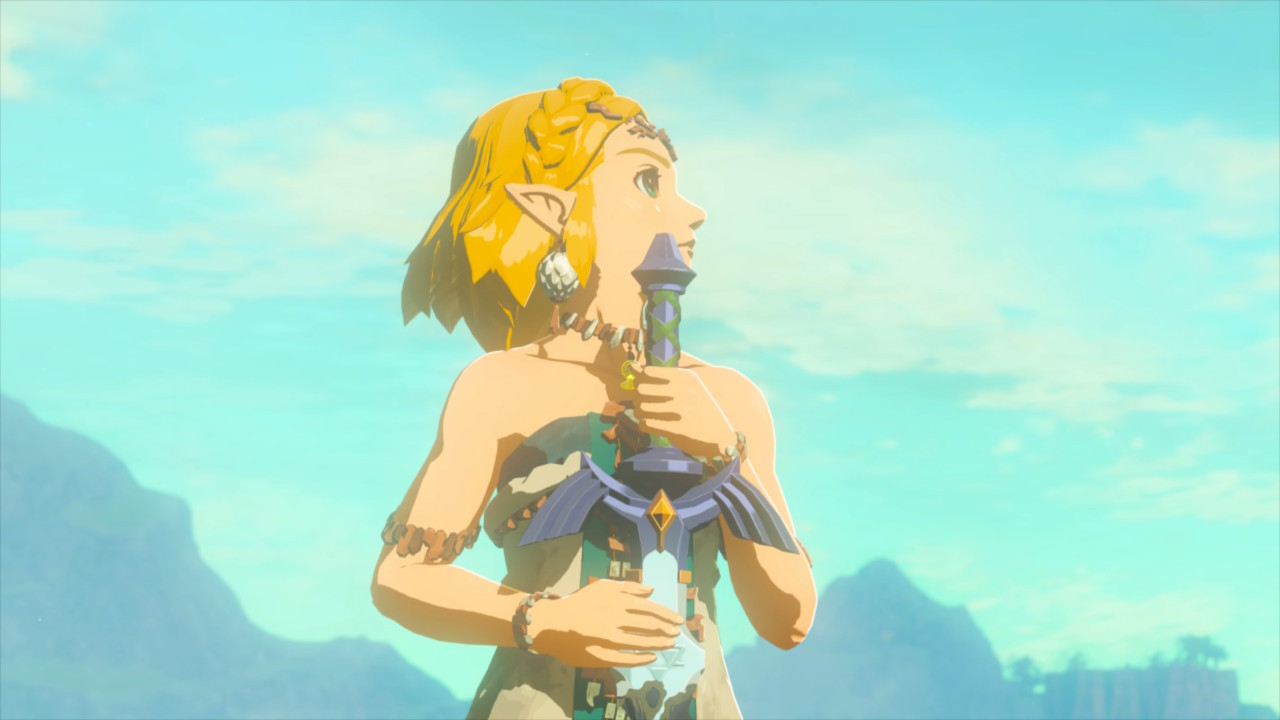
Combat still felt a little less refined than I’d want it to be, the timings on dodging to get a flurry rush or parrying still feeling a little bit too finicky to be reliable (at least at my skill level). That being said though there were always easy ways to cheese encounters through the use of various items or simply scarfing down endless amounts of food just to blast through an encounter without having to think about dodging. As you progress further and acquire more of the spirit sages things start to get a bit easier as well although relying on them to either do damage or take aggro for you is likely not the best idea. No instead they’re much more useful for the abilities they provide, ensuring that you always have easy access to a fire/lightning/water attack that can give you the breathing room you need when facing off against large hordes of enemies.
No review of Tears of the Kingdom would be complete without talking about what the Ultrahand and Zonai devices bring to the table. For the uninitiated this is the building mechanic that was shown in the original trailers, allowing you to craft vehicles and other contraptions to solve puzzles, explore or, as far too many people have done, torture the absolute shit out of Koroks. Whilst the parts available to you are somewhat limited, the number of things you can cobble together limited to 21 items and the fact that most items will despawn after a time there’s still an incredible amount of things you can build that are both fun and incredibly useful. Indeed there’s enough variety in here that there’s now a dedicated subreddit (/r/HyruleEngineering) to showcase all the crazy contraptions that people have come up with.
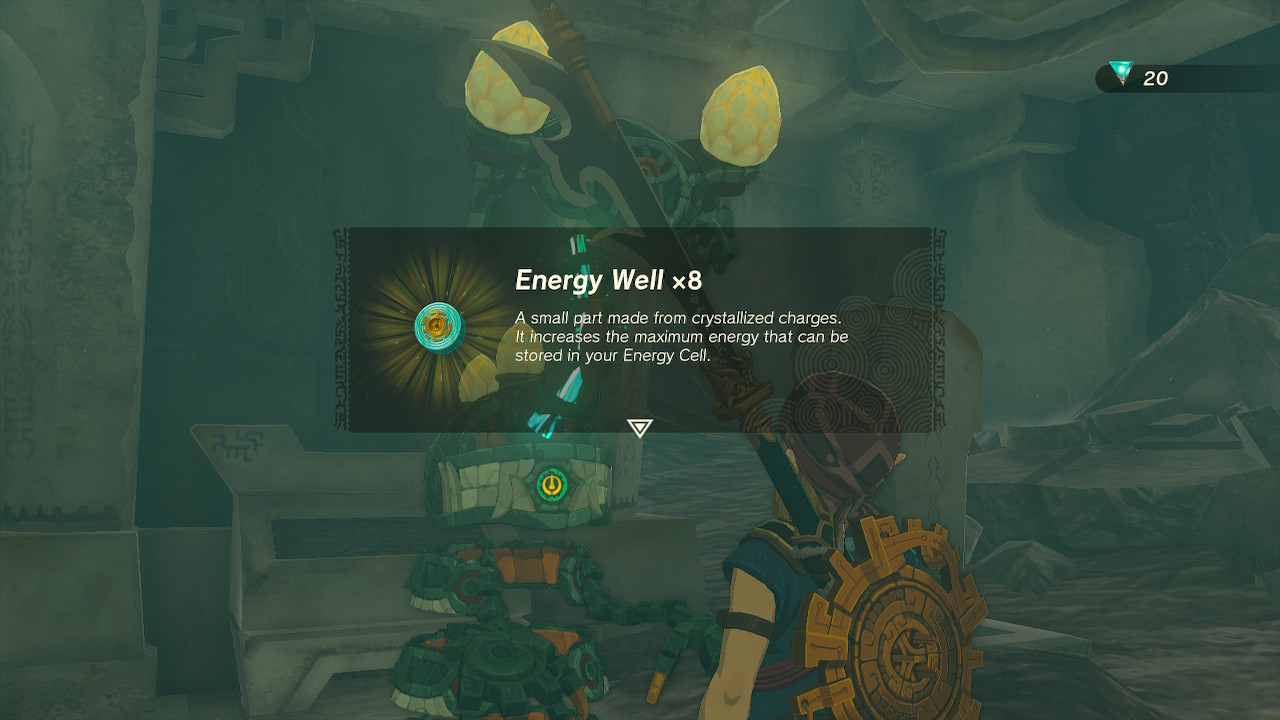
Now initially I have to admit to pretty much ignoring this mechanic completely. This was mostly born out of the fact that getting the required battery charges seemed like a massive grind and I didn’t know that getting the autobuild ability was actually part of a main quest line that I was already doing. That and the fact that exploring The Depths just didn’t feel super rewarding initially and I just felt that it was better left by the wayside. After realising that I’d probably have to start exploring The Depths properly at some point I invested a little bit of time putting together the standard hover bike, slapping a large bright seed on the front of it and then started spending an inordinate amount of time zooming around looking for outposts and farming up zoanite.
That still took far too long and so instead I figured I’d use one of the many item duplication glitches in the game to simply exploit my way to my goals. This wasn’t as easy or straightforward as I had anticipated either, requiring me to progress the main quest by a fair amount to unlock a particular cave and also defeating a number of Lynels in order to get a multishot bow so I could dupe my items of choice. Once I got everything setup though (and figured out I could get the Lynel bows repaired by a Rock Octorock) duplicating items was just a matter of time and patience. I didn’t end up maxing everything out like I originally intended to but getting almost max primary batteries seemed to be more than enough to explore all parts of Hyrule without breaking too much of a sweat. Having nearly limitless rupees was also a nice side benefit, taking the pain out of getting the required clothing for certain encounters.
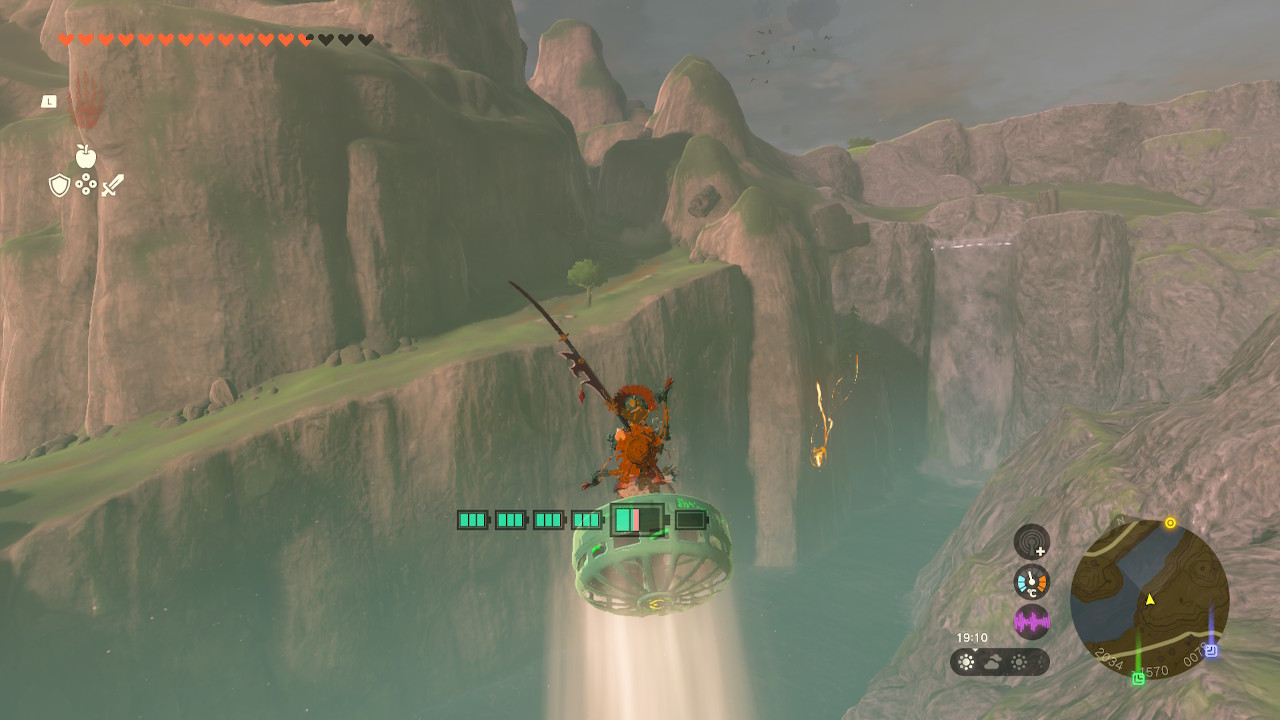
Getting the Zonaite armour was a similar level of investment, requiring you to travel to the highest places in Hyrule which are only accessible with Zonai devices. Acquiring the whole set was a couple hours worth of effort and then upgrading them, which requires unlocking each of the 4 great fairies, also took a few hours as well. Couple that with the time needed to farm the initial upgrade materials and then duplicate them I probably invested a good 10+ hours just getting all the required bits together to build my hoverbike at will and use it without having to worry about running out of battery all the time.
This isn’t to mention the numerous other things that distracted me along the way, notably shrines, side quests, caves, the dude holding up the sign of his company’s president, etc. The game does an incredible job of placing things in all sorts of different places to ensure that you’re never too far away from doing something rewarding, something that whispers in your ear “We’d better do that now so we don’t forget about it”. Even with me trying my darndest to ignore all distractions and blast through towards my goal I’d always find myself doing every shrine I came across, exploring weird looking places because there had to be a Korok there or fully exploring all of the sky area that gets unlocked when you visit one of the towers.
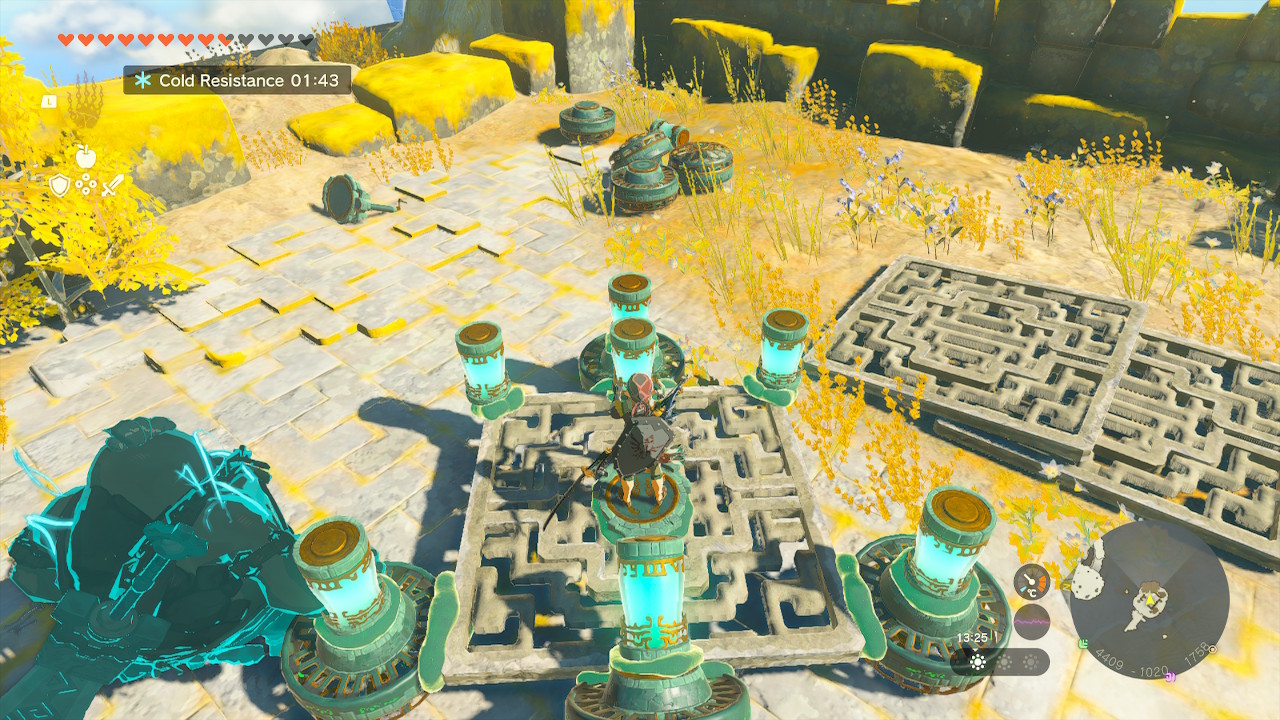
Taken at face value that’d look like a complaint, and it partially is, but it’s more to point out that Tears of the Kingdom does a great job in making everything you do in it feel rewarding. If you step back and look at everything objectively then yeah, it’ll look like an endless grind, but when you’re in the middle of it you don’t really think about it that way. Instead you’re just playing the role of Link, the hero who’s on an epic quest to save the kingdom of Hyrule once again but is also there to help out anyone and everyone who needs it along the way. As someone who typically doesn’t really spend that much time exploring open worlds it says a lot that Tears of the Kingdom was able to make me do that and enjoy it.
It’s one of those things that I’d come to love about Supergiant Games as they’d always release games in genres I’d probably pass over if it wasn’t from them. I hadn’t realised that Zelda was in that same category until I finished the game, figured I’d spent about as much time in it as Breath of the Wild and then checked my playtime and saw it was almost double. Indeed I’m now missing my nightly ritual now of having dinner with the family, putting the kids to bed and then sitting down to hammer away a few hours of Zelda. There’s a lot of comfort being able to come back to the same world time and time again but still feel like there’s so much more you can do in it.
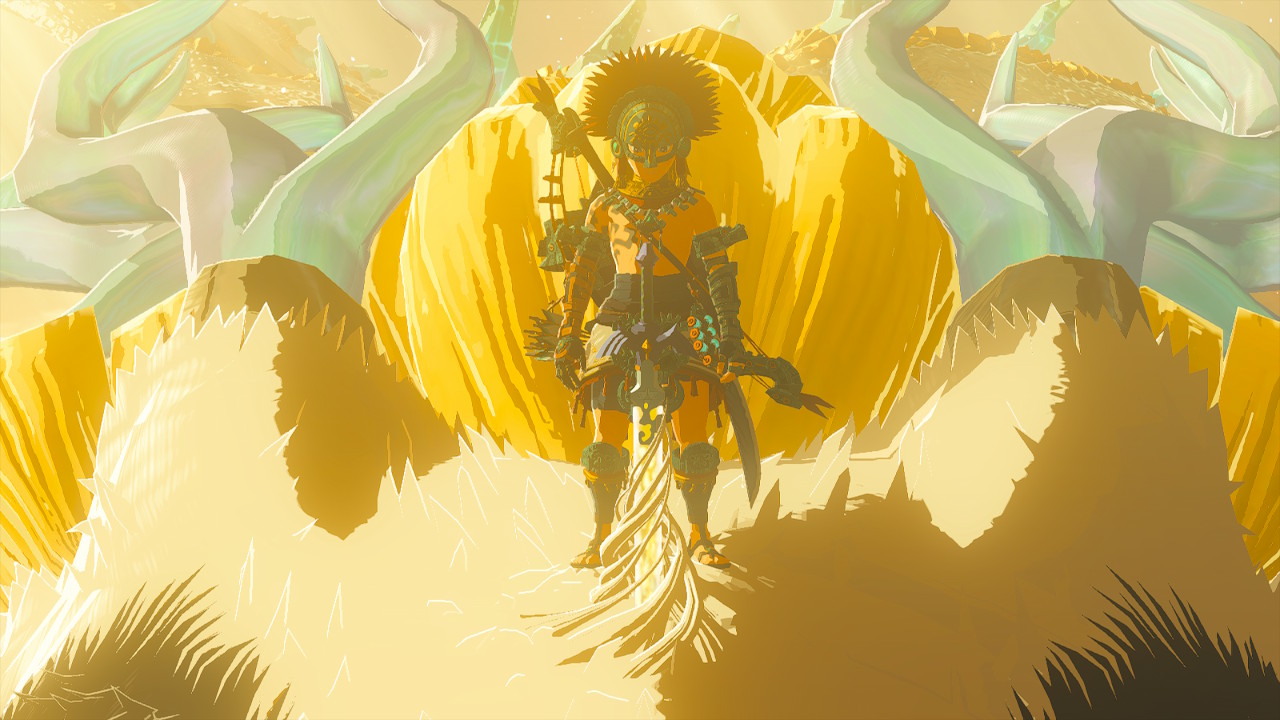
What really tied everything up for me with Tears of the Kingdom was the improved focus on the story elements as core parts of the game. Breath of the Wild had a story in there, if you went looking for it, but it was far less compelling overall. I remember getting the main quests done and, before embarking on what I knew to be the final quest, ended up quickly collecting all the photograph memories so I could get a bit more flavour to the game’s finale. This time around however the story is interwoven with the main story missions, each of them providing a different view of events from both the past and the present.
Of course you’ll likely figure out the core thread of events long before you complete all of the main missions though, but the journey to unlock those additional bits of exposition are always worth it. There are some improvements that could potentially be made here from a construction perspective (E.G. locking the geoglyphs order, not repeating the same core parts of the imprisoning war every single time, etc.) but in the end I still found myself far more engaged in the lore and story of Tears of the Kingdom than I did with Breath of the Wild. It has raised a bunch of questions of course, which has sent me down a few fun YouTube rabbit holes and reddit threads, but I’d be lying if I said that wasn’t something I enjoyed doing.
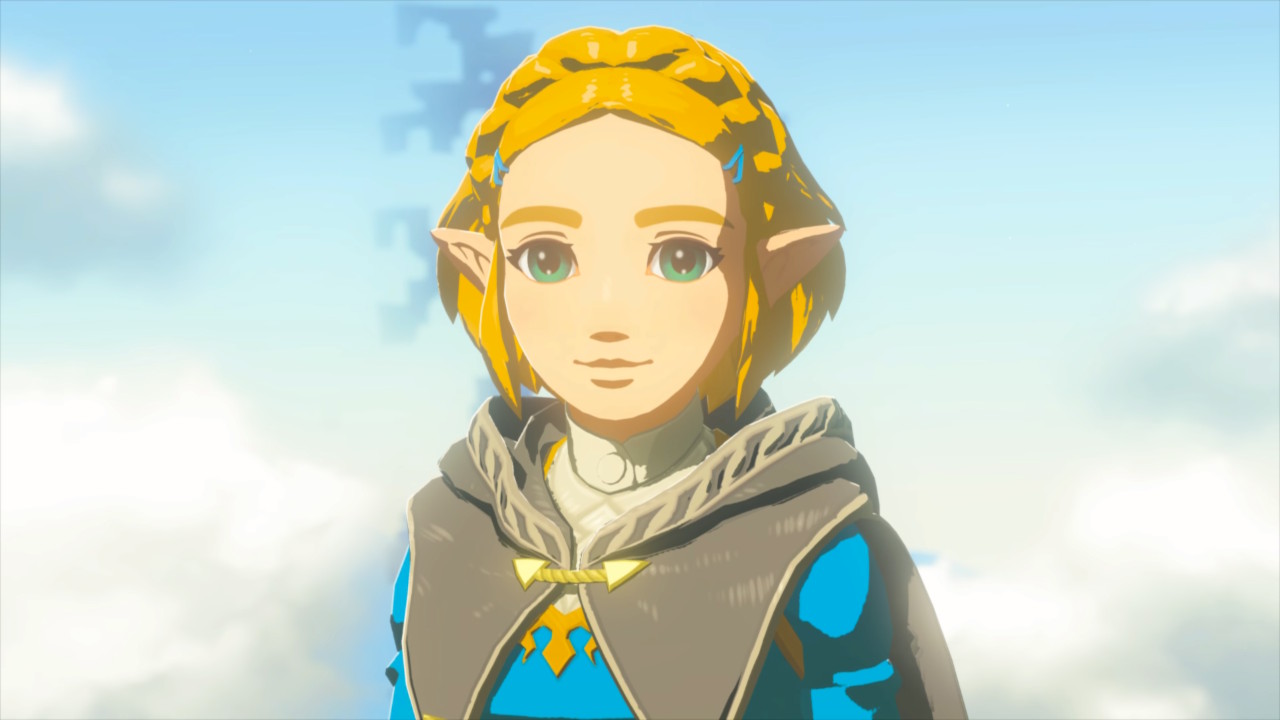
The Legend Zelda: Tears of the Kingdom does what I thought would be impossible, improve upon what Breath of the Wild did. The change in mechanics, improvements from a quality of life perspective, better focus on the narrative and the increased overall size of the game have resulted in an experience that’s bigger and better overall. It may be a game filled with endless distractions, but unlike the Ubisoft open worlds we’ve come to dread all of those deviations you take on your main journey feel worth the time spent. I can’t remember the last time I willingly let a game like this soak up so much of my life while making me feel like it was a lot less, truly the hallmark of an incredible game.
Rating: 9.85/10
The Legend of Zelda: Tears of the Kingdom is available on Nintendo Switch right now for $79. Total playtime was approximately 60 hours.



